After artists have had a chance to individually paint with each primary color using the wet-on-wet watercolor painting method, it’s time to introduce a second primary color into the mix.
One of the best ways young children can experience color is by painting with watercolors on wet paper. It is a process art technique where the emphasis is placed on the experience of color instead of the form the painting takes. And painting sessions are not treated as lessons but as experiences.
Two-color wet-on-wet watercolor painting is begun after a child has tried their hand at single-color wet-on-wet watercolor painting. In Waldorf education, a second color is not introduced until a child has worked extensively with each of the primary colors (yellow, red, and blue) individually. To learn more about single-color wet-on-wet watercolor, click on the link.
In Waldorf early childhood programs, only the primary colors–red, yellow, and blue–are used. These will eventually allow an infinite number of other colors to appear on the wet watercolor paper.
Watercolor Painting Supplies
In the Waldorf tradition, good-quality art materials are always used. It is believed that they appeal to and are better for the sensory nature of the child.
- 140 Weight 11 X 15 watercolor paper
- a sink, tub, or tray large enough to soak the paper.
- A flat waterproof surface or paint board to work on.
- 1 to 1 1/2 flat wash watercolor brush.
- Red, Yellow, or Blue Watercolor Paint (Stockmar Paints are recommended, but high-quality artist tubes work just as well. Use Carmine Red, Lemon Yellow, and Ultramarine Blue.)
- 16 oz mason jar for water (canning jars and recycled glass jars with a wide mouth work well.)
- 8 oz canning jar for mixing and storing paints.
- Small 2 – 6 oz jar for paints while in use (recycled baby food jars work great. We’re reusing glass jars that we used for homemade baby food. You can also use 4 oz canning jars or ramekins. (You will only need two for this art project.)
- Two sponges – or one cut in half. (One clean to wipe paper of excess water, and one to clean board or surface once finished.)
- A rag or small towel
- Apron or painting smock.
- Chopstick
How to Paint with Two Colors Using The Wet-on-Wet Watercolor Method
As mentioned above, the first time artists attempt wet-on-wet watercolor painting; it is best to work with each color individually before adding a second color into the mix.
So, if you haven’t already, please read Wet-on-Wet Watercolor Painting for directions on mixing the paint, setting it up, and getting started with wet-on-wet watercolor painting.
Tip: Mix more paint than you need each time you introduce a new color. Then store the extra mixed paint in a canning jar in the refrigerator.
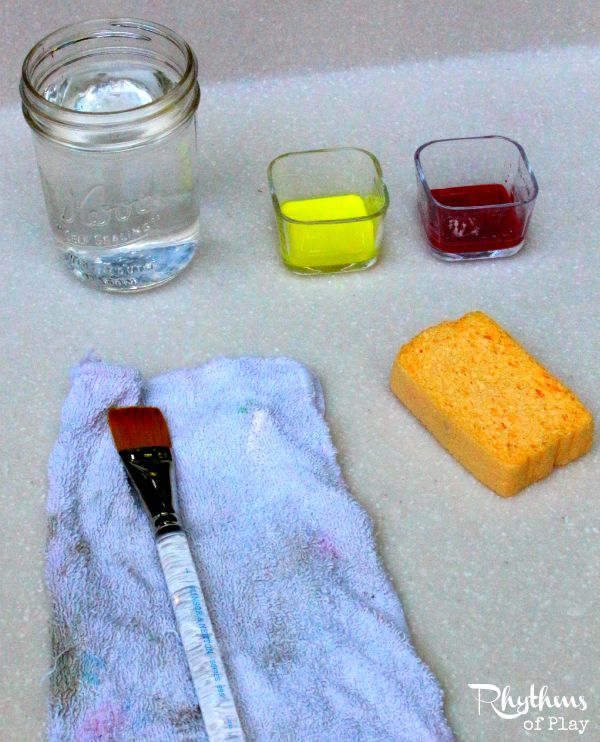
Painting with Two Primary Watercolors
When working with two colors, you will begin by pouring two colors (from the stored, mixed paint) into separate jars. Before handing the paintbrush over to your child, make sure that you demonstrate how the paintbrush needs to be rinsed before changing colors.
While demonstrating and telling your color story (see Single Color Wet-on-Wet), you could say, “After dancing and playing with yellow, Tippy decided she wanted to play with red. So she jumped into a puddle (jar with water) and then wiped her feet (on the rag), making sure there was no yellow on her feet before she went to play with red.”
You don’t need to provide any “lessons” other than the color story and your demonstration. (See Single Color Wet-on-Wet Watercolor Painting learn more about this.) It may sound odd to teach this way, but it is much better for the young child’s understanding. Children are imitative creatures. They need to see you doing it to know what and how to do it.
When you begin to work with two colors after working with only one, a child will be delighted to discover what happens when yellow plays with red, blue plays with yellow, or red plays with blue. Shhh–don’t tell them about it. Do your best to refrain from teaching anything. Simply allow the child to experience the colors as they appear while painting.
The Experience of Color Mixing with Watercolors
When children begin painting using watercolors in this way, they will have an experience of color as opposed to an intellectual understanding of it. Learning that yellow and red make orange while painting with watercolors provides the experience of that knowledge.
It is hard to forget something you have had a direct experience of. Children who learn yellow and blue make green by experiencing it are much more likely to remember and understand it.
Allow your child to experience what happens when yellow plays with red, blue plays with yellow, or red plays with blue. After they have played with two colors for quite a while, you can offer them all three primary colors at once.
But please ensure your child is ready for all three primary colors before offering them. If they are not, the painting will become brownish or grayish.
Two-Color Wet-on-Wet Watercolor Painting for Kids
Two-color wet-on-wet watercolor painting is one of the best ways for young children to experience color. It is a process art technique where the emphasis is placed on the experience of color instead of the form the painting takes. Simply allow the child to experience the colors as they appear while painting.
Once finished, your child’s art can be made into cards and various creations such as Watercolor and Fall Leaves Art.
Books About Waldorf Painting Techniques
- Painting and Drawing in Waldorf Schools: Classes 1-8
- Painting in Waldorf Education
- Wet on Wet: The Waldorf School Method of Painting and Color
- Painting With Children

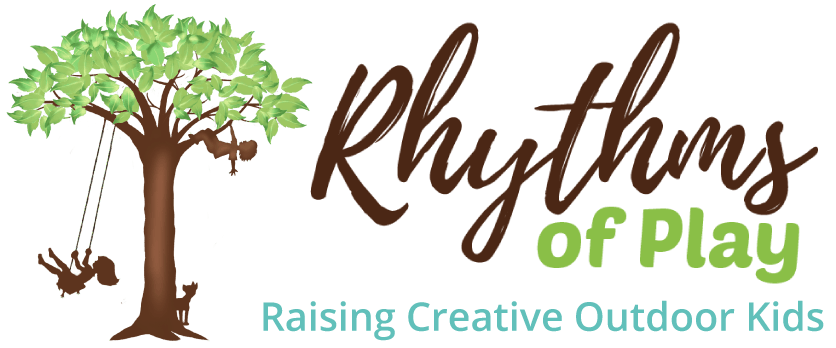
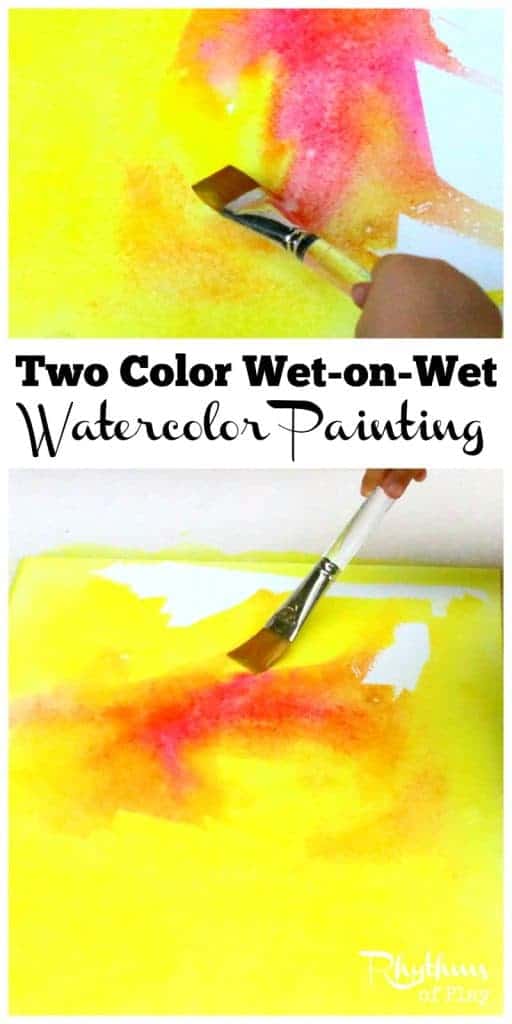
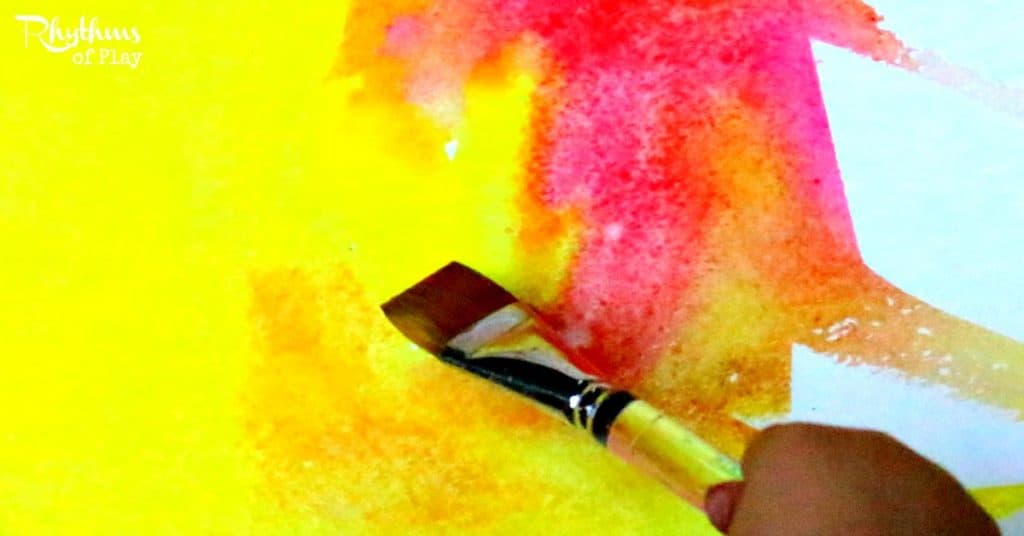
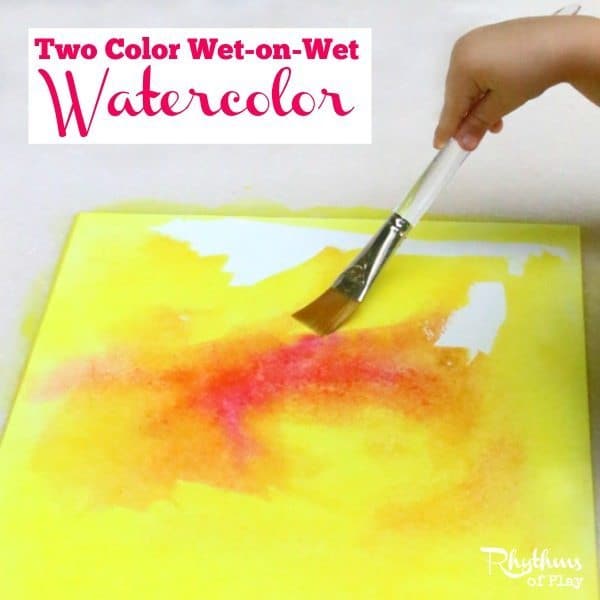

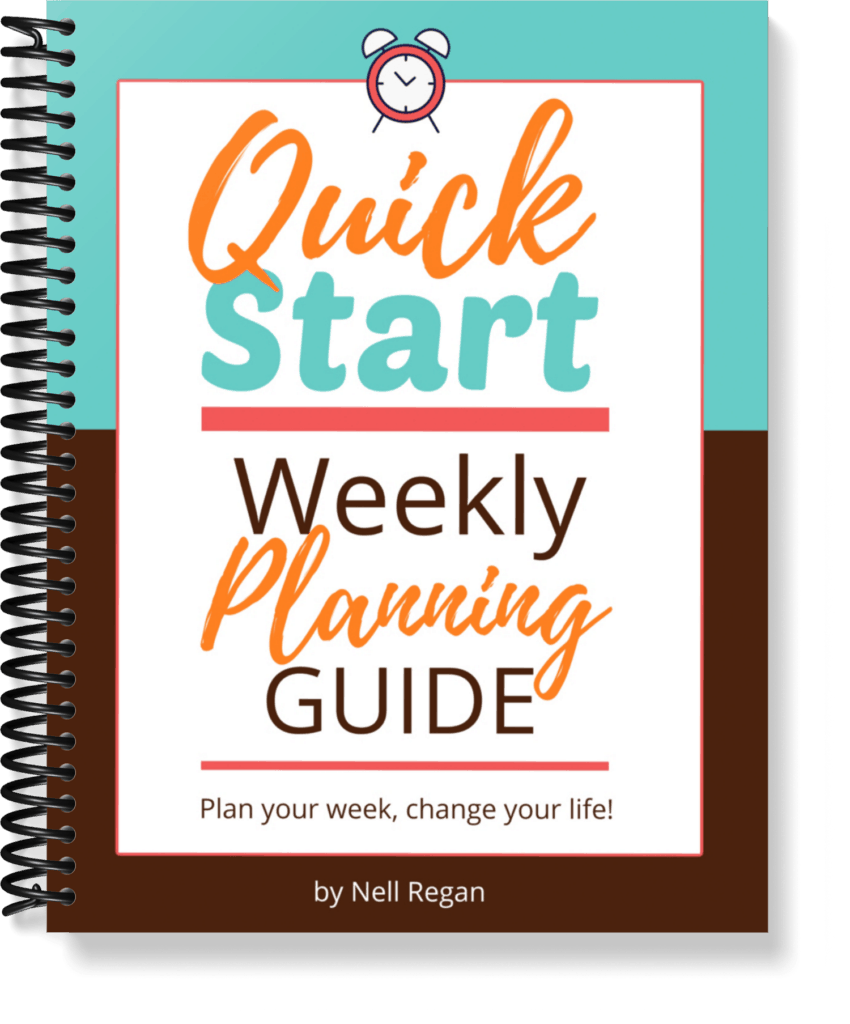
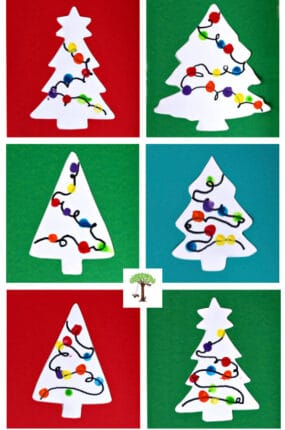
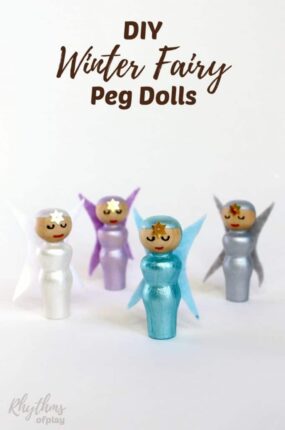
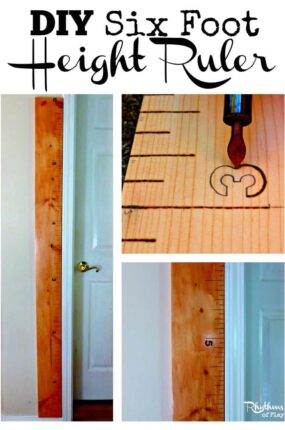
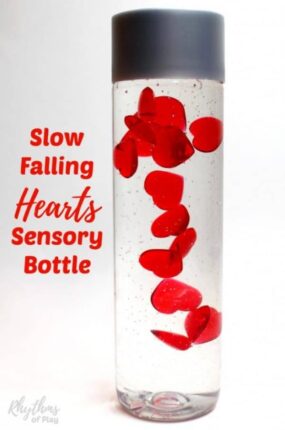
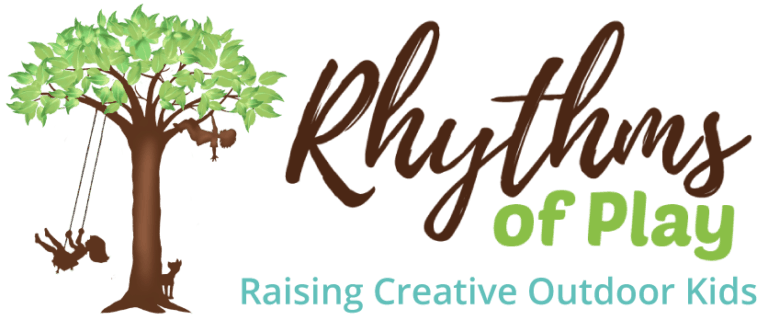
I love painting with my little girl! She is now at the age where I can sit next to her and paint my own little canvas. Although hers always turns out better than mine <3
I love painting with my little girl too! I waited because I’m a total art and craft supply snob. I get a little OCD about all my supplies and I didn’t want to her to deal with mommy freaking out about her innocently exploring with them. Once I finally gave her a paintbrush she handled it with as much care as she saw me doing. They really do model what they see. I heaved a huge sigh of relief and never looked back. Today she is my creative companion. 🙂
It’s been a while since we’ve done this, I think we’ll have to revisit again soon 🙂
I am no longer a fan of Waldorf, but I think some of the artistic practices such as this are beautiful and can be used in many different approaches! I wish we saw more trusting of children with real artistic mediums and techniques, like Waldorf handiwork and art classes allow.
I agree, artistic practices such as these are so important for the child. They really need the opportunity to experience and create without anyone telling them that it needs to be a certain way.